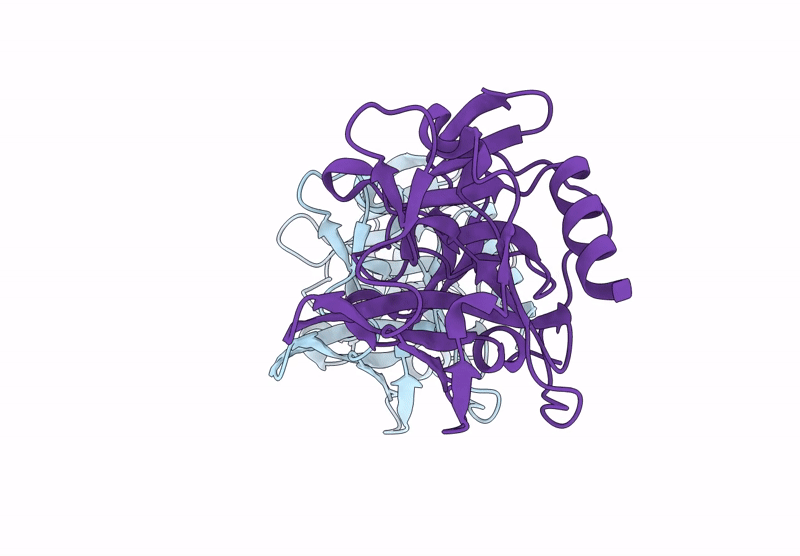
Deposition Date
2024-11-15
Release Date
2025-03-12
Last Version Date
2025-04-16
Entry Detail
PDB ID:
9ECT
Keywords:
Title:
Crystal Structure of the Gemella haemolysans Immunoglobulin A1 Protease Trypsin-Like Domain
Biological Source:
Source Organism:
Gemella haemolysans (Taxon ID: 1379)
Host Organism:
Method Details:
Experimental Method:
Resolution:
1.75 Å
R-Value Free:
0.24
R-Value Work:
0.19
R-Value Observed:
0.19
Space Group:
P 1 21 1


